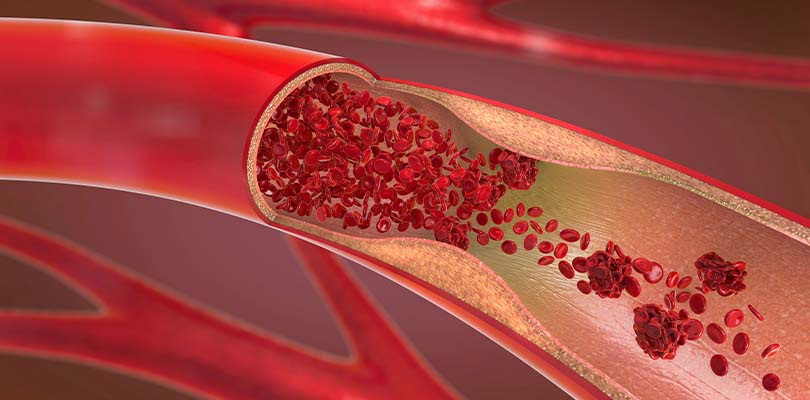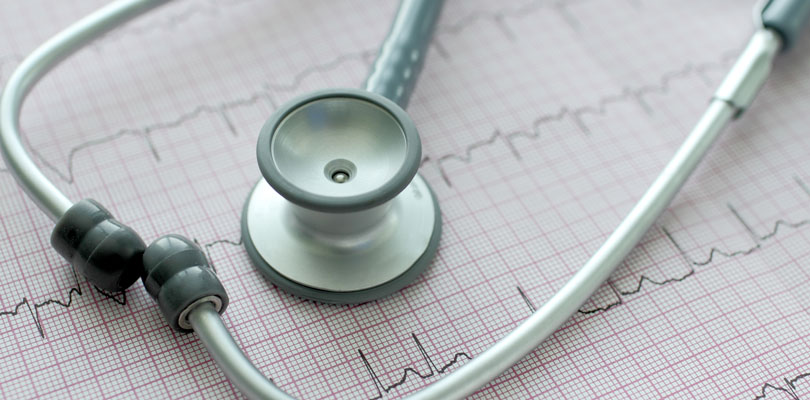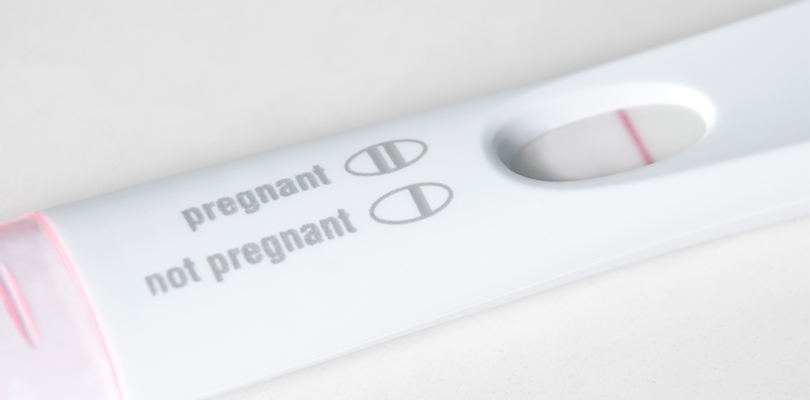The Difference Between Pulmonary Thrombosis and Deep Vein Thrombosis
Pulmonary thrombosis and deep vein thrombosis and are two very serious medical conditions. Their names are similar, as both involve blood clots, but the two have their differences.
It is important to recognize the risk factors and symptoms of these two conditions, as both are potentially life-threatening – but both are preventable.
What Is a Pulmonary Thrombosis (Pulmonary Embolism)?
Pulmonary thrombosis is commonly referred to as pulmonary embolism, which is the term we will use in this article.
A pulmonary embolism is a blood clot in the lung. It typically occurs when a blood clot that has formed in another part of the body (leg or arm) breaks loose and gets into the bloodstream, moving to the lung.
The blood clot then becomes caught in blood vessels inside the lung, which prevents blood from flowing into the lungs. When this occurs, the oxygen levels in the lungs is reduced – which increases blood pressure in the lung's arteries.
A thrombus is a clot that develops inside a vein and stays there. An embolus is a clot that forms in one part of the body, detaches, and travels to another part of the body.
If a pulmonary embolism is large, it can cause severe permanent damage to the lung. Low oxygen levels in the blood can damage other organs in the body. A large clot – or several clots – can cause death.
What Causes a Pulmonary Embolism?
Nearly all blood clots causing pulmonary embolism develop in the deep leg veins. In some cases, they develop in the arm or pelvic veins. However, those clots rarely travel to the lungs.
Deep Vein Thrombosis (DVT) and Pulmonary Embolism
Deep vein thrombosis occurs when a blood clot forms in a deep vein in the pelvis, thigh or lower leg. DVT can also occur in the arm.
The most serious complication happens when a part of the clot breaks off and travels through the bloodstream to the lungs and is the primary cause of pulmonary embolism.
If the clot is small and gets treatment, it is possible to recover from a pulmonary embolism. However, there may be damage to the lungs. If the clot is large, it can block the artery and stop blood from reaching the lungs – a fatal condition.
Nearly one-third of people with a DVT have long-term complications due to valve damage the clot causes. In some cases, damage severe and causes physical disability.
Other Causes of Pulmonary Embolism
Pulmonary embolism may also occur with:
- Extended periods of bed rest, inactivity or limited movement (sitting for a long time, especially with crossed legs).
- Fracture or surgery has injured veins (especially leg, knee, hip or pelvic veins).
- Medical condition that involves stroke or cardiovascular disease is present, including heart attack, congestive heart failure or atrial fibrillation.
- Inflammatory bowel disease, ulcerative colitis or Crohn's disease can also cause pulmonary embolism.
- When women take hormone replacement therapy or birth control pills, which elevate clotting factors. Up to 6 weeks after giving birth, women are at risk for blood clots.
- Some types of cancer can also have this effect, as can some hereditary conditions.
In rare cases, pulmonary embolism may be caused by:
- Infectious materials in the bloodstream.
- Fat released into the bloodstream after surgery, bone fractures, severe burns or other trauma.
- Air bubbles in the bloodstream due to trauma, surgery, or medical procedures.
- Masses caused by rapidly growing cancer cells.
What Are the Signs of Pulmonary Embolism?
Pulmonary embolism may be hard to detect because symptoms are similar to heart attack, asthma, pneumonia or a panic attack. Some people simply don't experience symptoms with others may experience symptoms when active or at rest.
Some of the best Pilates equipment for beginners start with a Pilates ball, Pilates bands, Pilates barrel arcs, a Pilates chair and five others.
If you have some or all of these symptoms, see your doctor as soon as possible.
- Trouble breathing
- Fast or irregular heart beat
- Chest discomfort or pain
- Coughing up blood
- Extremely low blood pressure, lightheadedness, or fainting
What Are the Signs of Deep Vein Thrombosis?
Nearly half of people with DVT have no symptoms. However, the most common symptoms of DVT are:
- Skin redness
- Tenderness
- Swelling
- Pain
In some cases, people having a pulmonary embolism have no symptoms of DVT. If you have any of these symptoms, you should seek medical help immediately.
What Is the Treatment for Pulmonary Embolism?
A pulmonary embolism may dissolve naturally, without treatment.
In severe cases, medications called thrombolytics can dissolve the clot. Anticoagulants can prevent more clots from forming, so some people take the medication long-term.
When diagnosed and treated, a pulmonary embolism is rarely fatal. However, if not treated, it can become a very serious life-threatening condition causing heart damage.
What Is the Treatment for DVT?
Medication can both treat and prevent DVT. In some cases, compression stockings are advised to relieve swelling and pain and to prevent DVT.
If you have had a DVT, you may need to wear these for two years afterward. In some cases, the blood clot must be removed in surgery.
Preventing blood clots:
- Move around very soon after bed confinement
- Wear compression stockings
- Take anticoagulant medication
If you must sit for four hours or longer, as when traveling:
- Walk around every 2 to 3 hours
- Wear loose-fitting clothes
- Tighten and release leg muscles frequently
- Raise and lower your toes while keeping heels on the floor
- Raise and lower your heels while keeping toes on the floor
Your overall lifestyle can help reduce your risk. Maintain a healthy weight and get plenty of regular physical activity.







